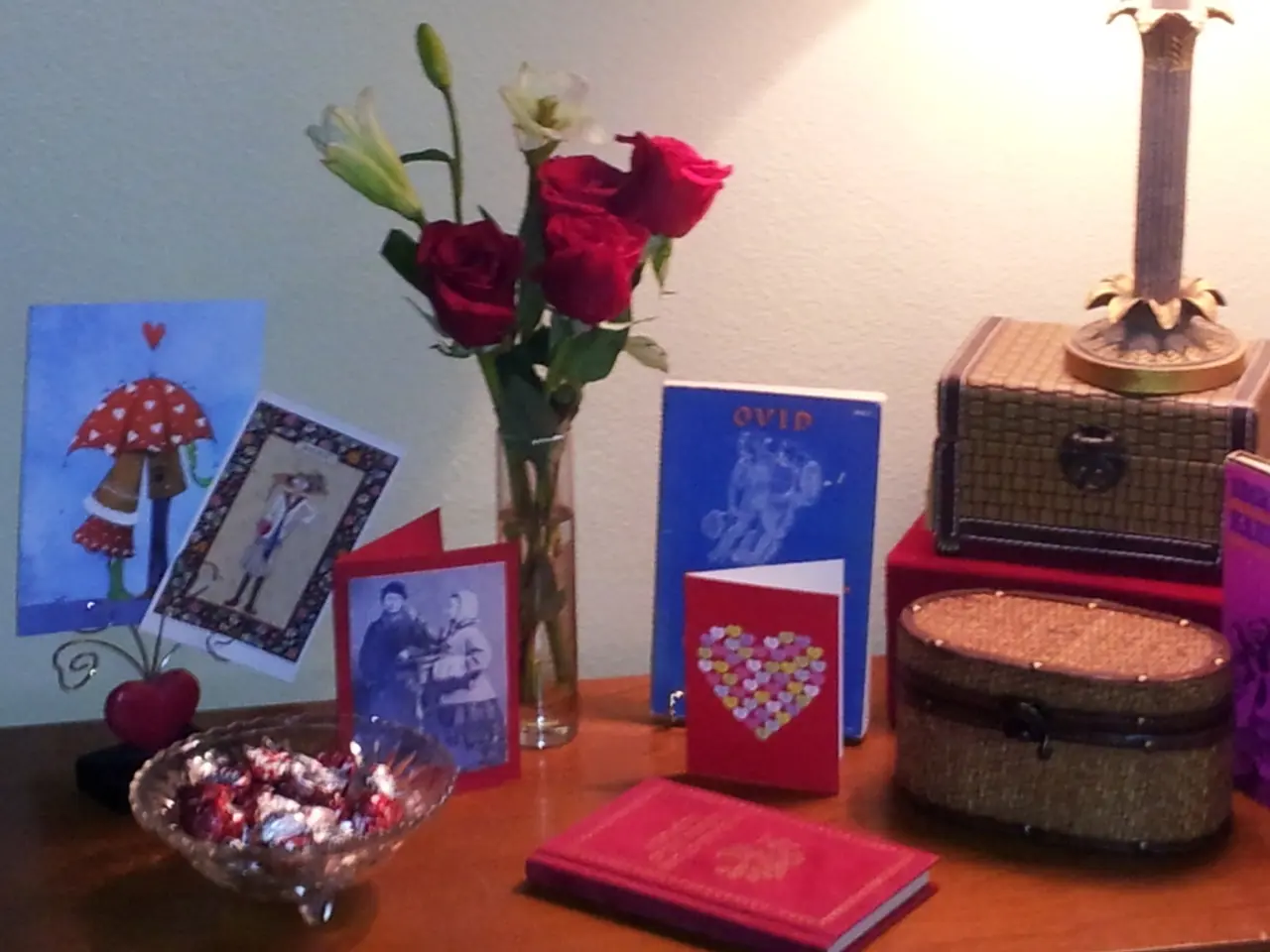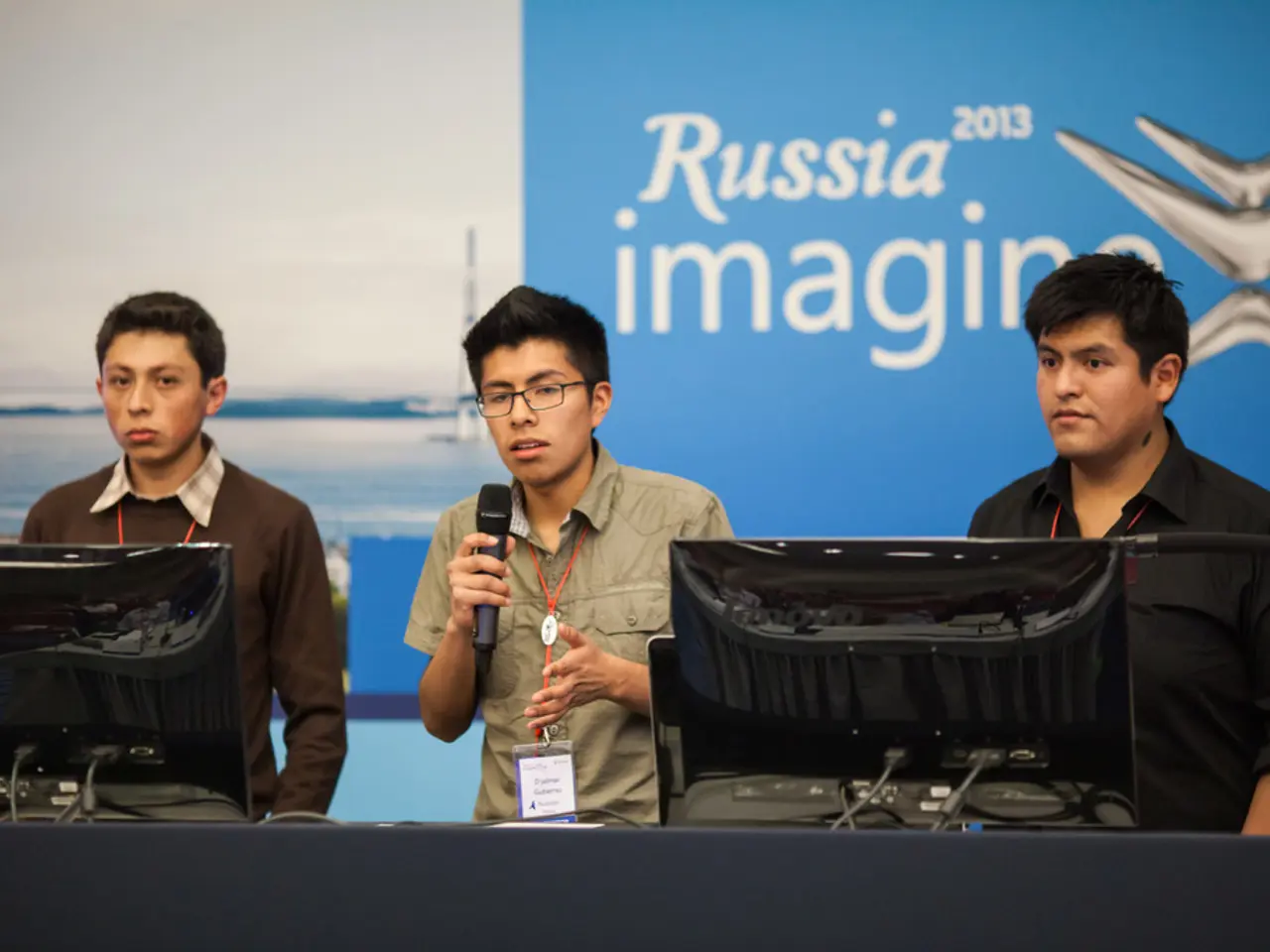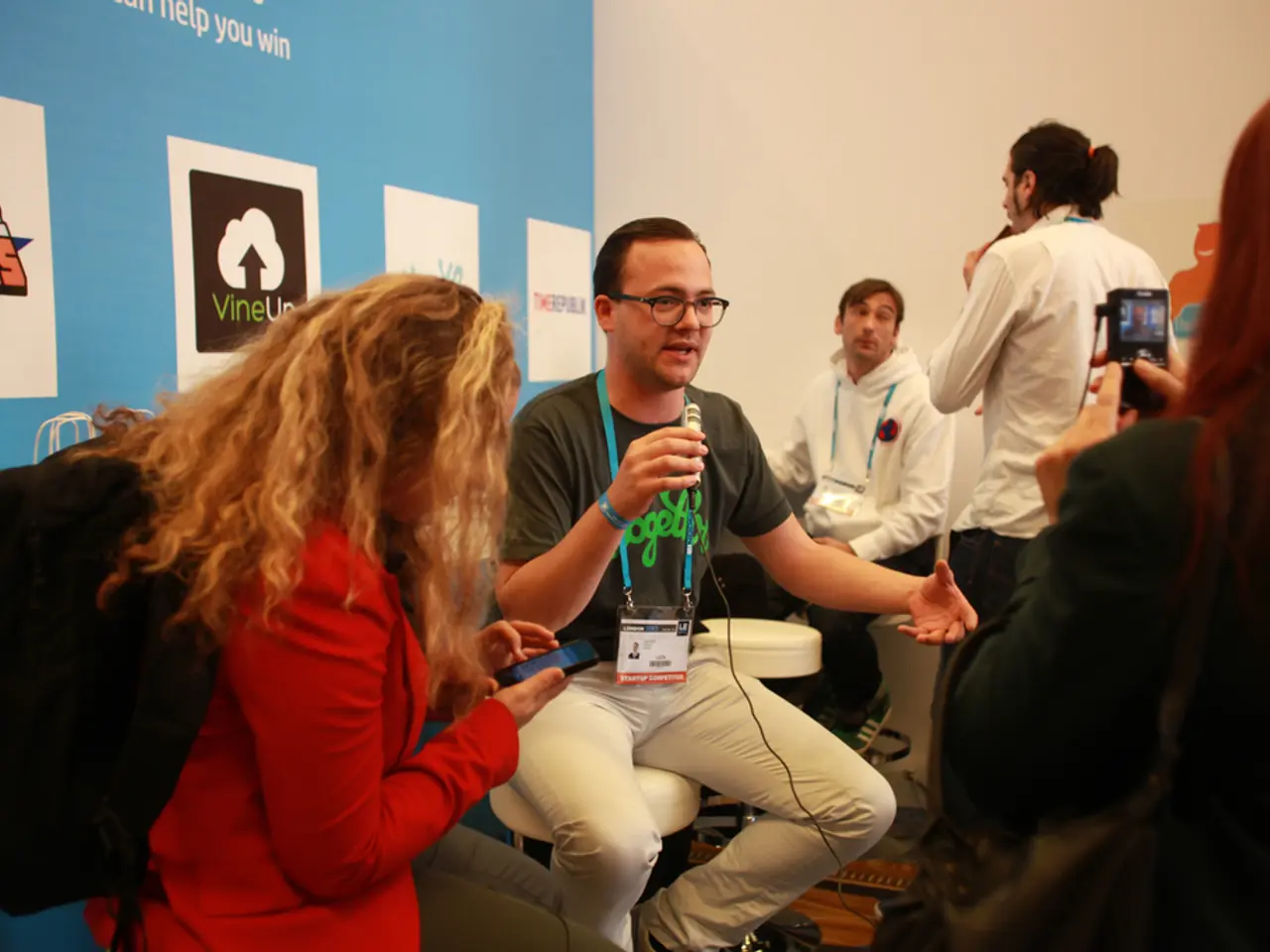Valentine's Day Experiments and Activities for Kids in Science Class
Get ready for a Valentine's Day filled with learning and excitement as we explore a variety of science experiments designed specifically for children. These activities are not only entertaining but also align with the love, hearts, and colours associated with the holiday.
One of the most popular experiments is the creation of Valentine's Day Science Experiment Packs, which include instructions for making heart-shaped crystals, pink slime, love potion eruptions, and more. These packs are available for free download, making them an accessible and enjoyable way to engage children in science.
For those looking for something unique, heart-shaped crystals can be grown using a heart-shaped mold and a solution of borax. This experiment teaches solubility and crystallization, making it both educational and visually appealing.
Another exciting experiment is the creation of a Valentine's Day-themed version of homemade slime, prepared in heart-shaped containers. This slime is not only fun to play with but also serves as a great opportunity to discuss the properties of polymers.
The love potion eruption, a twist on the classic Mentos and Diet Coke experiment, uses red or pink food colouring to create a "love potion" effect, demonstrating chemical reactions.
For those interested in the human body, a simple heart rate investigation can be conducted to learn about heart rate and how it changes with exercise. This activity is a great way to introduce children to the concept of heartbeats and their importance.
For a hands-on approach to learning about respiration, a heart-shaped pizza can be made as a learning activity. Using yeast to make the dough rise, children can observe the process of fermentation and understand its connection to respiration.
Secret messages can be written with lemon or lime juice and placed inside paper flowers. As the juice reacts with the paper, the message will become visible, teaching children about chemical reactions and the properties of acids.
Delivery systems for secret messages can also be created using paper planes, parachutes, zip lines, or motorized cars. This activity encourages creativity and problem-solving skills while also teaching children about gravity and motion.
Heart patterns can be created by cutting out hearts and flowers of various colours and sizes. This activity is perfect for practicing cutting and fine motor skills.
Crystal hearts can be made and a heart lava lamp can be created by Little Bins for Little Hands. Older children can make a pumping heart model to demonstrate how heart valves work.
For a larger scale project, a large paper can be used for children to draw around themselves and draw their heart in the correct place. This activity is great for teaching children about their own bodies and the location of their hearts.
Scratch art pictures can be created using oil pastels. Coloured Valentine Flowers can be created by placing white flowers in a mixture of food colouring and water for a few hours, causing the petals to change colour.
Red Ted Art offers Valentine's Day resources for teachers and parents, providing a wealth of ideas for activities and learning opportunities.
The article was last updated on July 4, 2025 by Emma Vanstone. For more easy science experiments, please follow the links provided. A free Valentine's Day Science Experiment Pack is also available for download, including four science experiment instructions, templates, and STEM challenge cards.
- The Valentine's Day Science Experiment Packs are designed to engage children in science through various experiments like making heart-shaped crystals, pink slime, love potion eruptions, and more.
- Heart-shaped crystals can be grown using a heart-shaped mold and a solution of borax, teaching children about solubility and crystallization.
- A Valentine's Day-themed homemade slime can be prepared, using red or pink food coloring, in heart-shaped containers, serving as a great opportunity to discuss the properties of polymers.
- The love potion eruption, a modified version of the Mentos and Diet Coke experiment, demonstrates chemical reactions using red or pink food coloring.
- For those interested in the human body, a simple heart rate investigation can be conducted to learn about heart rate and how it changes with exercise.
- A heart-shaped pizza can be made as a learning activity, using yeast to make the dough rise, to help children understand the process of fermentation and its connection to respiration.
- Secret messages can be written with lemon or lime juice and placed inside paper flowers, teaching children about chemical reactions and the properties of acids.
- Delivery systems for secret messages can be created using paper planes, parachutes, zip lines, or motorized cars, encouraging creativity and problem-solving skills while teaching children about gravity and motion.
- Heart patterns can be created using cut-outs of hearts and flowers of various colors and sizes, providing an opportunity for children to practice cutting and fine motor skills.




